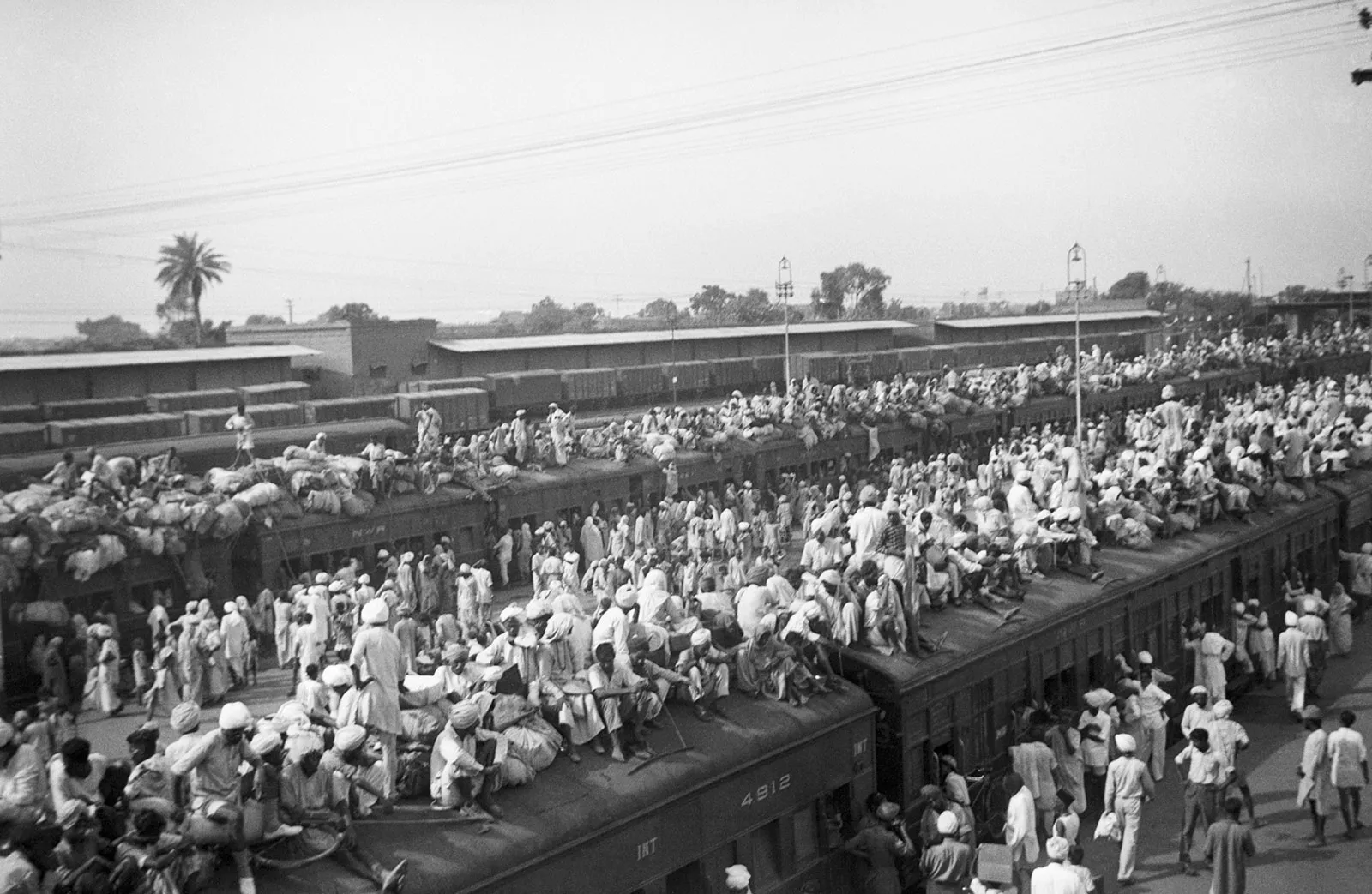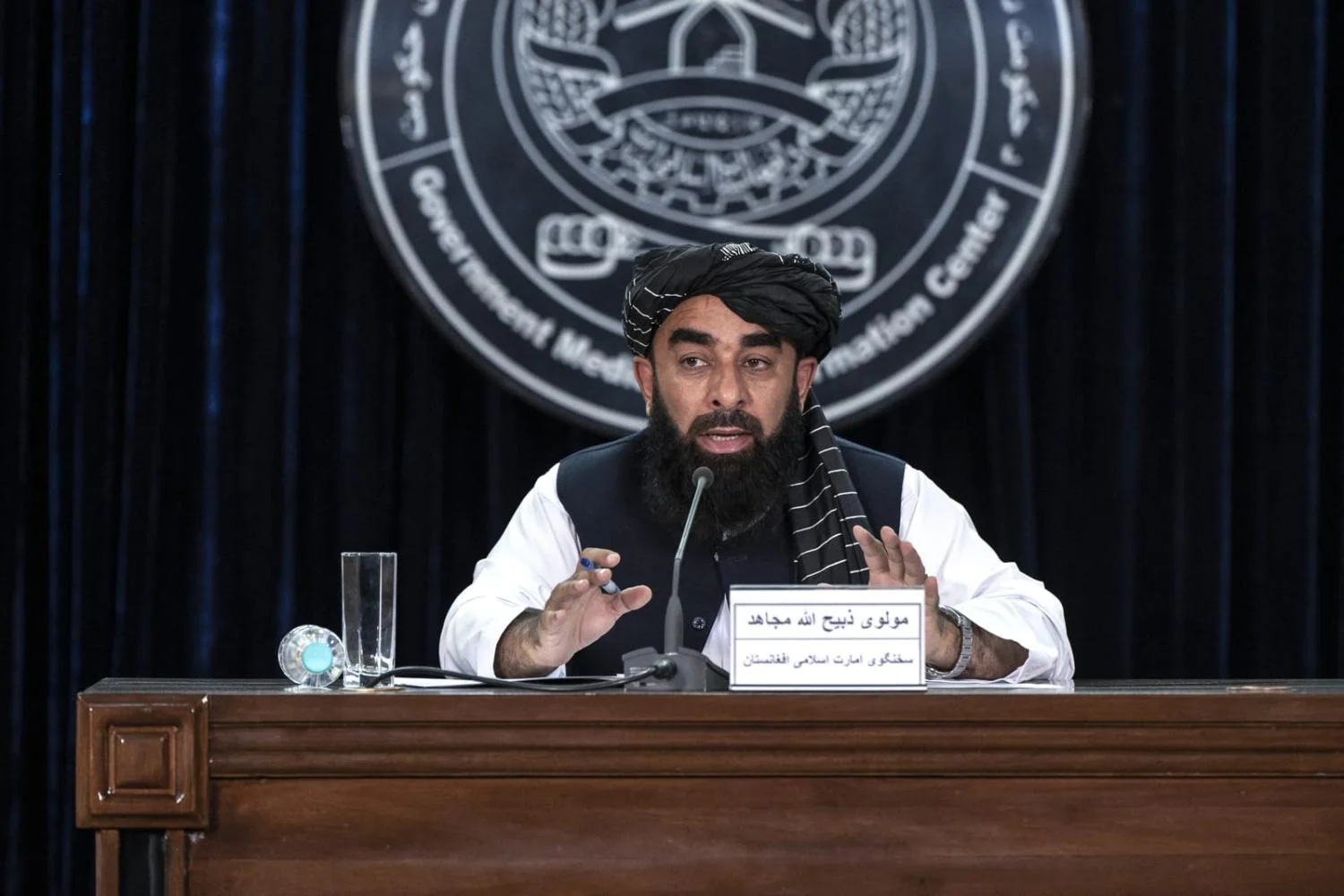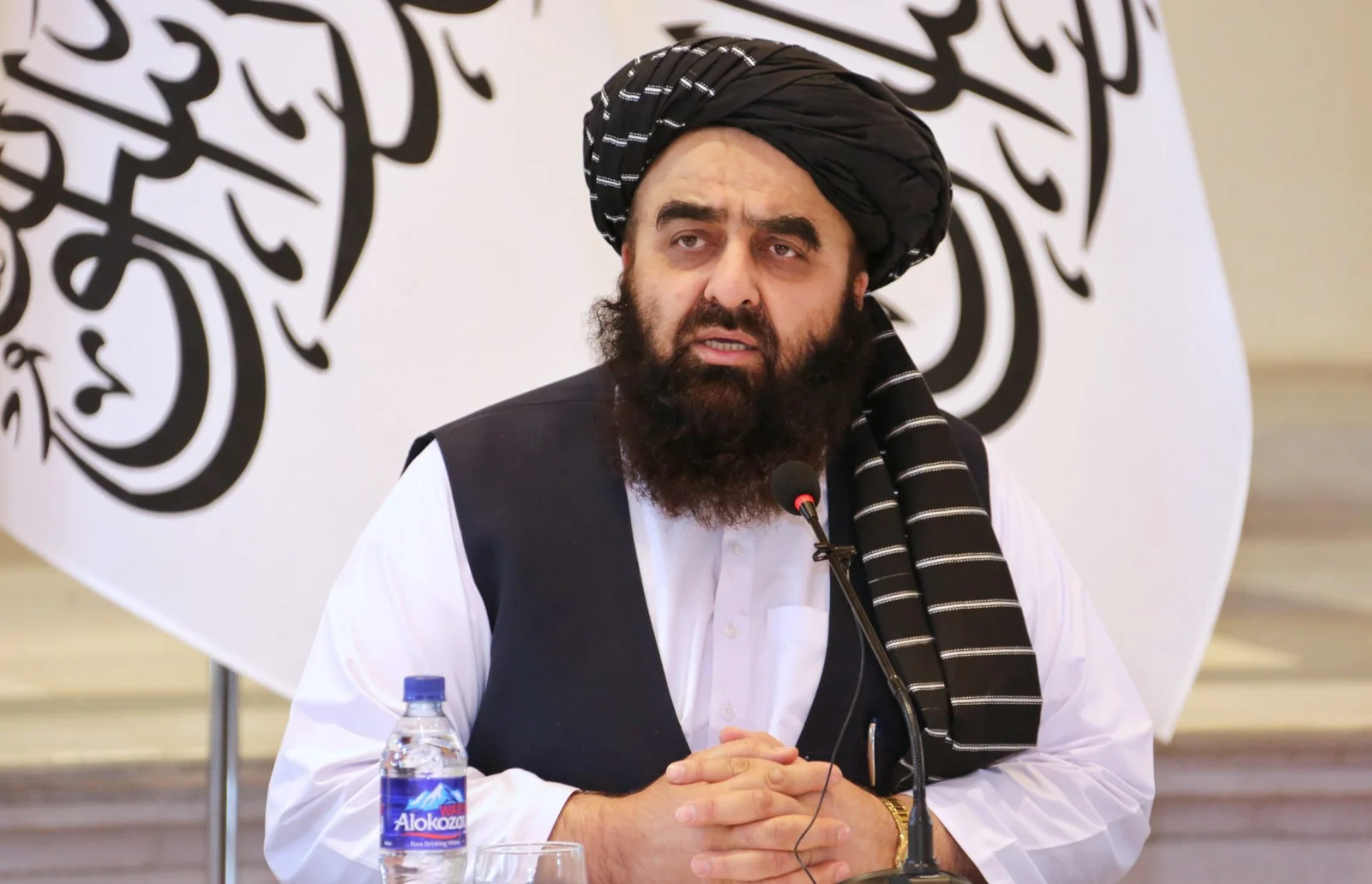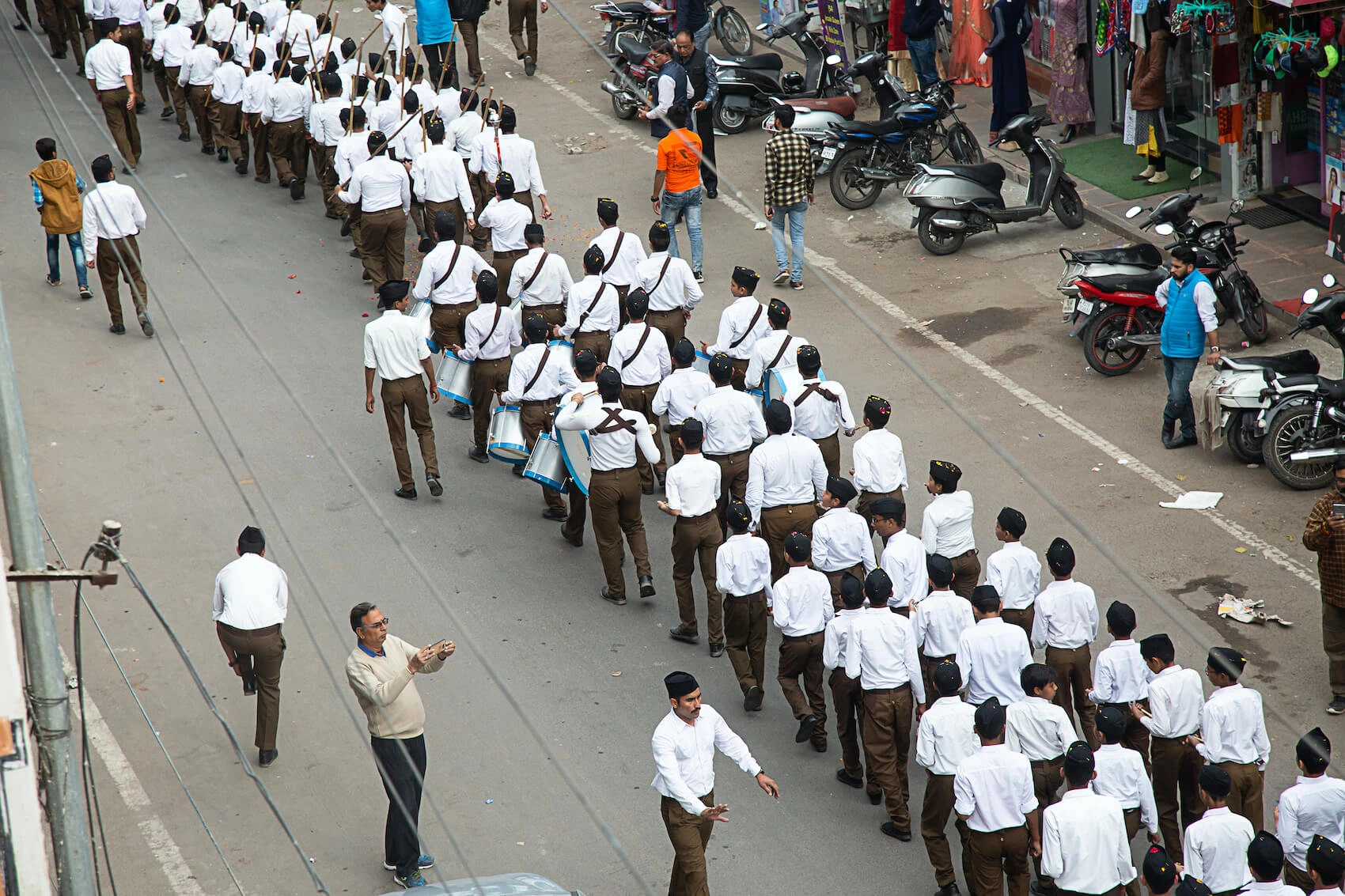In the summer of 1947, the Lahore railway station was thick with fear. Coal smoke tangled with sweat and dust, and silence pressed heavier than luggage. A young mother clutched her baby, whispering prayers she no longer believed. A Sikh farmer held onto a cloth bundle — his entire life tied up in two knots. An old Hindu leaned on his stick, staring eastward as if his eyes could cross borders that had not yet been drawn.
The train whistle pierced the air. Normally, it would have promised journey, arrival, and destination. But on that day, it sounded like mourning. As the carriages lurched forward, no one knew if they were moving toward safety or slaughter. The train had become a gamble with fate.
A Punjab That Once Lived:
Punjab was a living mosaic of shared cultures and lives not long ago. Muslims, Hindus, and Sikhs all sang to the same rivers, dug the same wells, and cultivated the same land. Pilgrims and traders of all faiths crowded Amritsar’s bazaars, negotiating under the same roofs and dining at the same stalls. Together with the ringing of temple bells and gurdwara hymns, the azaan rose in Lahore, creating a universally recognised soundscape. Devotees of all religions were welcomed by shrines such as Baba Farid’s in Pakpattan and Sakhi Sarwar’s in Dera Ghazi Khan, whose walls reverberated with verses in numerous languages, erasing the sharpness of identity.
Coexistence was a daily occurrence rather than a theoretical concept. A Sikh midwife gave birth to Muslim mothers’ children; Hindu shopkeepers frequently closed their establishments to participate in Eid feasts, much like Muslim neighbours shared sweets during Diwali; and a Muslim farmer freely borrowed seed from a Hindu trader. Villages celebrated each other’s holidays as family, not as visitors. Innumerable acts of friendship, trust, and shared memory stitched together the rhythm of life.
Punjab’s diversity was its strength and its song. Folklore, poetry, and music carried this spirit: Sufi saints preached love that transcended creed; bhajans and qawwalis were sung in the same courtyards; harvest songs belonged to everyone, regardless of which God they prayed to. Identity was porous, fluid, and plural — one could be a farmer, a neighbor, and a friend long before being defined as Sikh, Hindu, or Muslim.
This was the Punjab that existed before the borders were drawn — a land not perfect, but deeply plural, where coexistence was not a slogan but the very foundation of life.
The Erosion of Coexistence:
But the plural Punjab, for all its strength, was not immune to the tremors of politics and power. The fabric of coexistence began to fray long before the Partition’s final stroke. Colonial policies of “divide and rule” had slowly planted seeds of suspicion: separate electorates, census categories, and communal political representation hardened fluid identities into rigid boxes.
As independence neared, these divisions deepened. Political leaders on both sides — in their struggle for leverage — often spoke in the language of religion rather than shared belonging. Religious differences, once part of a larger whole, were sharpened into battle lines. The press, rumors, and propaganda fanned mistrust. Incidents of violence, sometimes small at first, spread fear and provoked retaliation.
Economic pressures added fuel. As populations grew and resources stretched thin, competition over land, trade, and jobs became entangled with religious identity. British withdrawal, sudden and hurried, created a vacuum of authority. Law and order collapsed, and in that collapse, fear metastasized into violence.
What once bound neighbors — trust, familiarity, and shared life — was replaced by anxiety and survival. A festival that once united now became a moment of dread. The bridges of coexistence, carefully built over centuries, could not withstand the weight of political manipulation, colonial haste, and communal paranoia.
The Crack That Divided it in Two:
Then came the summer of 1947. A British lawyer, Cyril Radcliffe — who had never set foot on Indian soil before — was given five weeks to draw borders across villages, rivers, and centuries of shared history. What he left behind was not a boundary but a scar.
The leaders in Delhi and Karachi signed documents; Punjabis bore the cost. Neighbors who had once shared sweets at festivals became enemies overnight. The soil that had fed them together now demanded blood.
When Trains Turned Into Coffins:
The railways, once a proud symbol of colonial engineering, became arteries of violence. Overnight, trains that had carried pilgrims and students turned into “ghost trains” — carriages arriving at stations with not a single living soul.
A survivor from Sheikhupura recalled:
“We saw the train from Amritsar roll in. We were waiting for our relatives. But when the doors opened, only silence came out. Bodies upon bodies. The stench of blood. Not a single voice.”
From Amritsar, Amar Kaur remembered:
“We left with fifty of our family on a train to Lahore. Only twelve survived. My little brother was stabbed before my eyes. The train kept moving. We could not even bury him.”
These stories were not exceptions. They were the pattern of that summer. Punjab’s steel tracks carried not passengers but corpses. Mobility collapsed into massacre.
The Weight Punjab Bore:
Partition cut nowhere deeper than in Punjab. Of the 14 million people displaced across India and Pakistan, more than half were Punjabis. Villages emptied in hours. Families vanished overnight. More than one million were killed — many of them inside or around railway compartments.
The consequences outlived that summer. Fields lay fallow. Families were scattered across continents. Shrines that had once bound communities became inaccessible behind militarized borders. Punjab, the land of five rivers, was severed into two hostile halves.
The Floods That Remember:
Every monsoon, when the Sutlej, Ravi, or Chenab overflow their banks, they remind Punjab of a truth politicians ignore: nature recognizes no Radcliffe Line. Floodwaters wash away crops on both sides of the border, mocking the men who once drew lines on a map.
Rivers, like trains, once united people. Now they serve as reminders — that Punjab’s fate was shaped not by its people but by hurried decisions made in distant offices.
The Train That Never Stops Waiting :
Seventy-eight years later, Punjab’s trains remain haunted. Some tracks still hum with life, carrying passengers across bustling cities. Others lie abandoned, rusting in weeds, ghostly relics of journeys never completed. If they could speak, perhaps they would say:
“We carried your children to school, your brides to their new homes, your pilgrims to their saints. We carried your songs and your festivals. And then, in one cruel summer, we carried your dead. You turned us into coffins, but we were built for life.”
Partition’s trains remind us of what was lost — not only lives, but also a plural world where difference did not mean division. They warn us of what happens when politics poisons trust. The whistle that once promised arrival can, in an instant, turn into a lament.
The Lasting Teaching:
Khushwant Singh, in Train to Pakistan, wrote that Partition was “not history but a wound that still bleeds.” Each time a train whistle cuts through Punjab’s air, it echoes that wound.
The train to nowhere is still running — in refugee columns across Syria, Ukraine, Sudan. Once again, trains and buses groan under the weight of people forced to flee their homes. Once again, technology meant to connect is turned into a vehicle of despair.
Perhaps the unfinished journey of Punjab’s trains is this: to remind us that borders drawn in haste, hate manufactured by politics, and silence in the face of violence all lead to nowhere. But if memory survives, perhaps one day the train may find its way back — to a destination where neighbors can again sit side by side, sharing food, stories, and the rhythms of the same soil.
And perhaps the truest lesson is this: remembrance is not only mourning, it is resistance. Every story passed on, every memory preserved, is a refusal to let maps define people’s lives. Punjab’s trains, rivers, and fields still whispers to those willing to hear They do not ask for revenge, only recognition — that coexistence was once a reality and can be again, if only we dare to think beyond land borders
A Warning for Today:
Punjab’s disintegration is not just a story of the past — it’s a warning for the present. Identity politics sharpened into fear can break even the strongest of bonds. Lines on maps can separate nations but its words, propaganda and silence in the face of hate can separate neighbours. The same forces — political opportunism, media fueled division and exploitation of difference — still haunt us.
If Punjab teaches us anything it’s that coexistence is precious but fragile. It needs to be nurtured, discussed and remembered. Forgetting what we lost makes us vulnerable to losing it again. Remembering gives us a chance to protect the pluralism that still exists in Punjab and beyond.
The views expressed in this article are the author’s own. They do not necessarily reflect the editorial policy of the South Asia Times.







